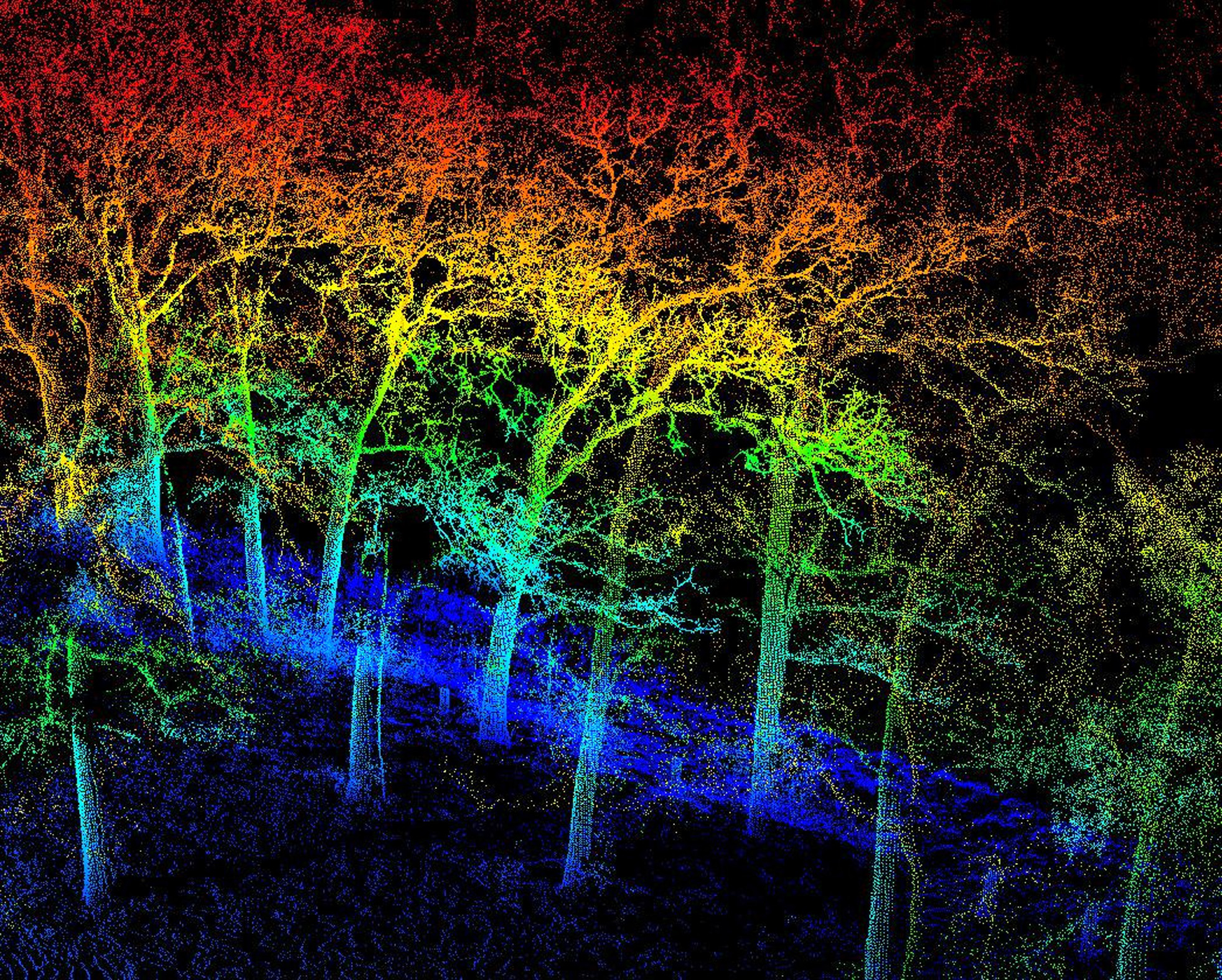How do decaying trees affect their ecosystems? New study may explain
Image: AgriLife Today
Severe drought across Texas since 2011 has produced a unique opportunity for Texas A&M AgriLife Research scientists to gain a greater understanding of the decaying process of trees and the effects on the surrounding ecosystem.
Three AgriLife Research scientists in the Texas A&M University ecosystem science and management department in College Station have been approved for a three-year, $347,426 grant under the Rapid Response and Novel Research in Earth Science program operated by NASA.
Sorin Popescu will lead the project, titled “Using LiDAR to develop a climate-driven model of the disintegration and decay of trees killed during a severe drought.” He will be joined by Georgianne Moore and Jason Vogel.
2011 and 2012 were very difficult years for forests due to drought, Popescu said. During that time period, precipitation for most of Texas was 50-75 percent less than its long-term average.
“This drought’s severity and extent was greater than any other drought that had occurred in the region during the previous 500 years,” he said. “Our forests have suffered tree mortality that was about nine times above normal levels, and the largest trees of the region died at disproportionately high levels.”
The researchers will rely on a remote-sensing technology known as LiDAR, an acronym for “Light Detection and Ranging,” which uses laser light to measure the distance from sensor to target and create a three-dimensional model of (in this case) forest vegetation. Under the new grant-funded project, researchers will monitor the rate of tree disintegration used unmanned aerial vehicles armed with LiDAR technology, as well as terrestrial LiDAR scanning.
“Wood decomposition will be tracked using on-site measurements of local climate and tissue decay, and vegetation regrowth estimated with allometric equations,” Moore said.
A site network, designed by Chris Edgar of the Texas A&M Forest Service, will facilitate immediate implementation of the research.
“This is critical as the dead trees enter a transitional phase from standing dead to coarse woody-debris,” Vogel said.
He explained that tree mortality alters ecosystem processes, but when the mortality is extensive, as is the case for drought, there are significant measurement and modeling difficulties posed to ecosystem scientists.
Two of the difficulties are: passive remote sensing cannot easily differentiate a single dead tree from a living forest or accurately depict a change in a tree’s three-dimensional structure; and the disintegration and decay of standing trees is difficult to model because the elevated tissues cannot be directly sampled and wood decay may occur at different rates than tissues found on the ground.
Popescu said the technology and modeling structure to overcome these difficulties has been developed.
“Because the newly dead trees in Texas are quickly transitioning to fallen wood, we need to immediately apply these techniques to this extensive, catastrophic event,” he said. “By implementing the study immediately, we will be able to leverage an existing study design and take advantage of the large number of dead trees on the landscape.”
The scientists expect their research to have a long‐lasting impact because it will provide the foundation for understanding how these kinds of events alter future forest structure and function.
Also, they said, the remote sensing of tree disintegration and decay will be novel and linked to potential changes in climate, making the results potentially transferable to other forest ecosystems.
#TAMUresearch


